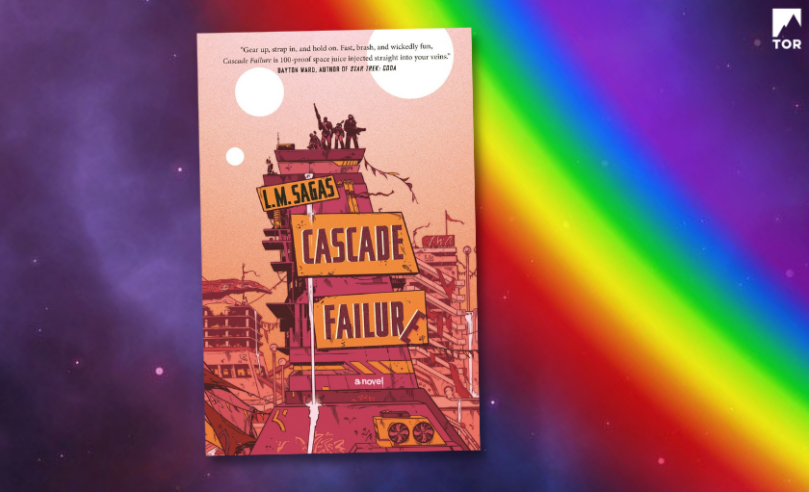
Space(fam) Jam! L. M. Sagas on Found Family in Space
The author of Cascade Failure is here to talk outer space and found families!

The author of Cascade Failure is here to talk outer space and found families!
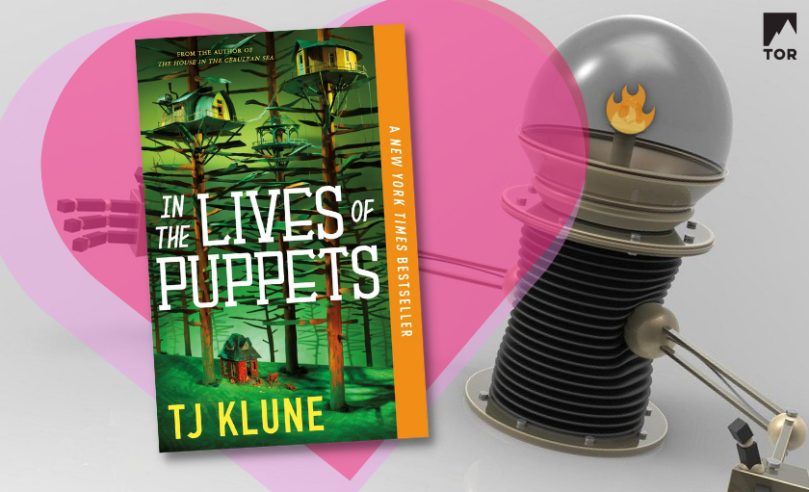
TJ’s here to talk his new book and explain how he’s going to make us fall in love with a vacuum cleaner named Rambo!
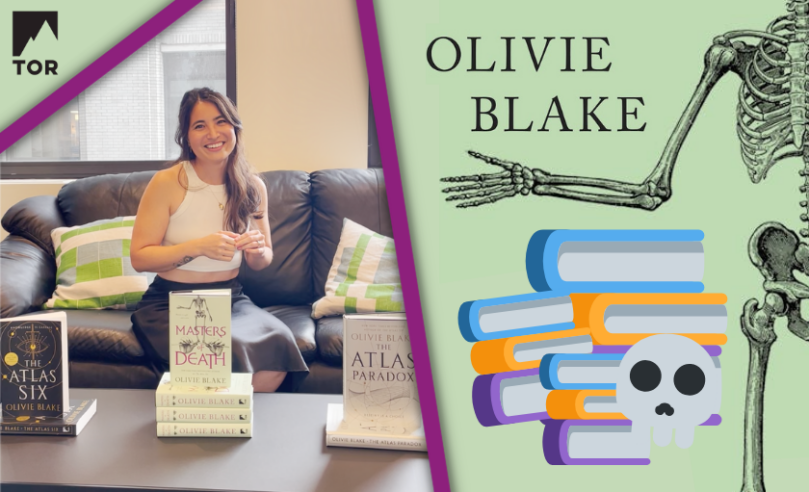
We’ve got Olivie Blake in the house (office) to chat about her NYT bestselling sensation, Masters of Death!
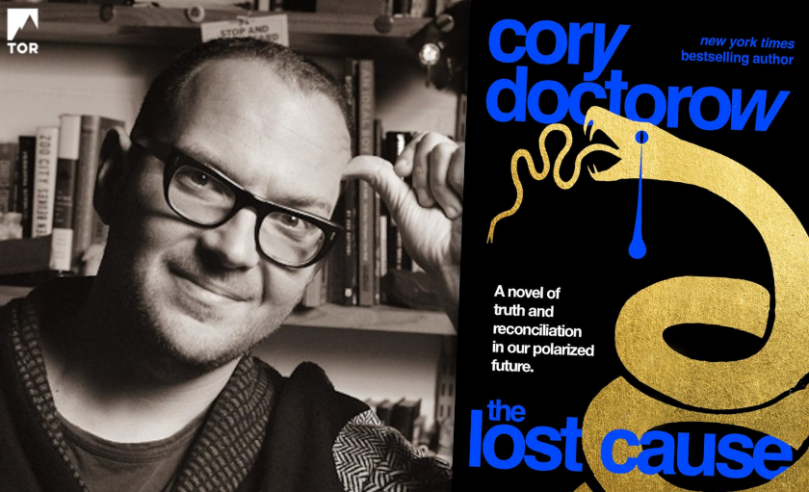
Cory Doctorow’s here to talk dystopia, utopia, and his upcoming book: The Lost Cause
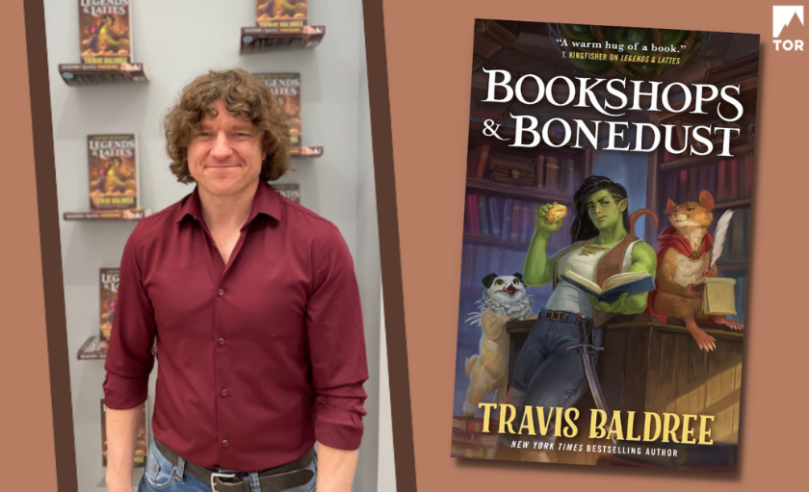
Travis talks Bookshops & Bonedust, a novel of high fantasy, first loves, and secondhand books.
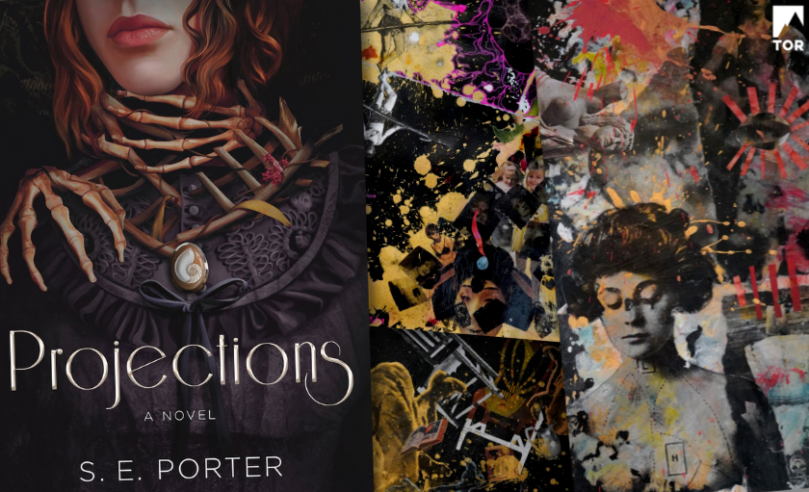
S. E. Porter is here with us to talk some about her upcoming novel Projections, and to share artwork tied to pivotal moments from the story.
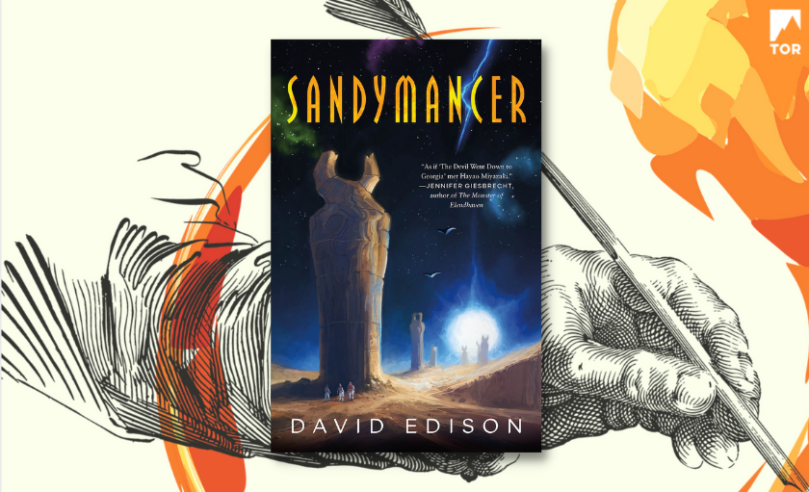
David Edison is here to talk about the sometimes loneliness of writing, finding his community, and his new book, Sandymancer.

We love cats and SFF and John Scalzi, and are thrilled to introduce all three today!
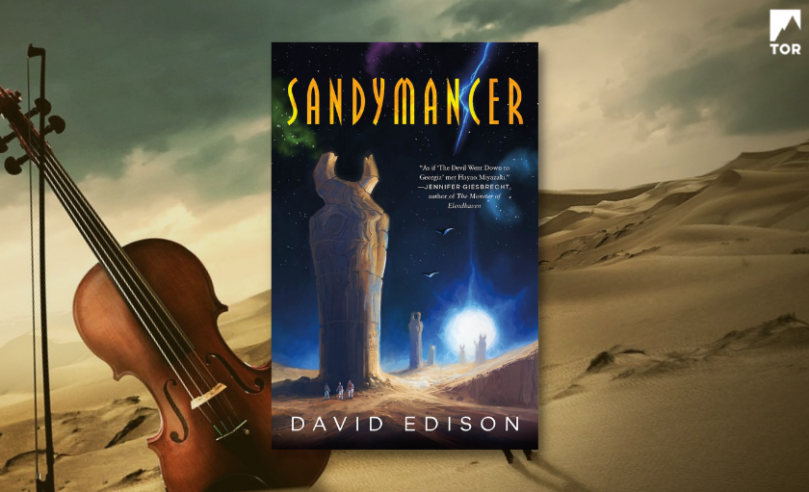
World-building is hard work! Good thing our authors have playlists that help. Check out David Edison’s selected tunes for his new novel Sandymancer!
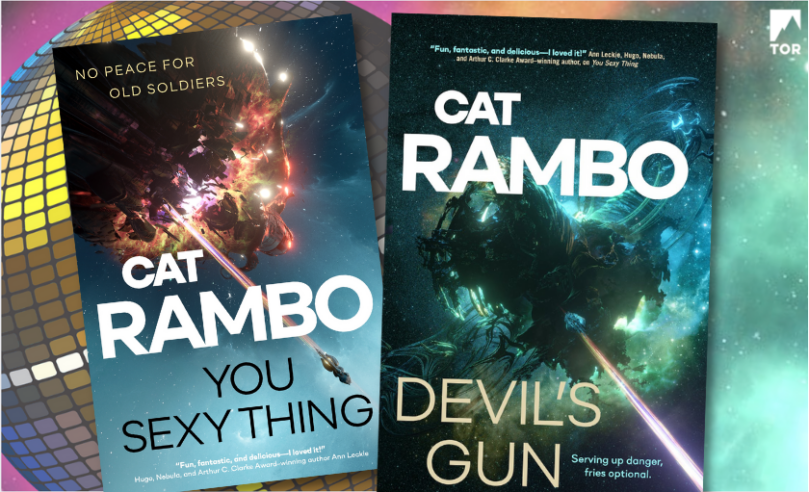
Check out Cat Rambo’s lineup of disco jams to pair with their thrilling space opera series!